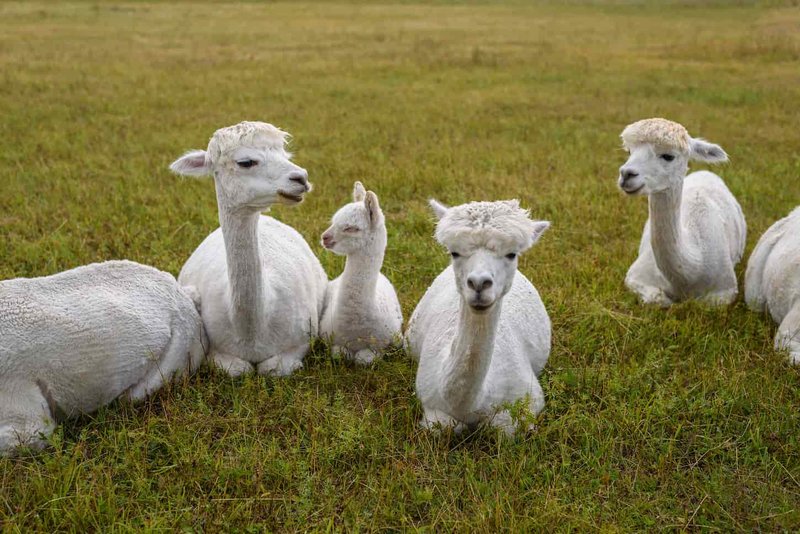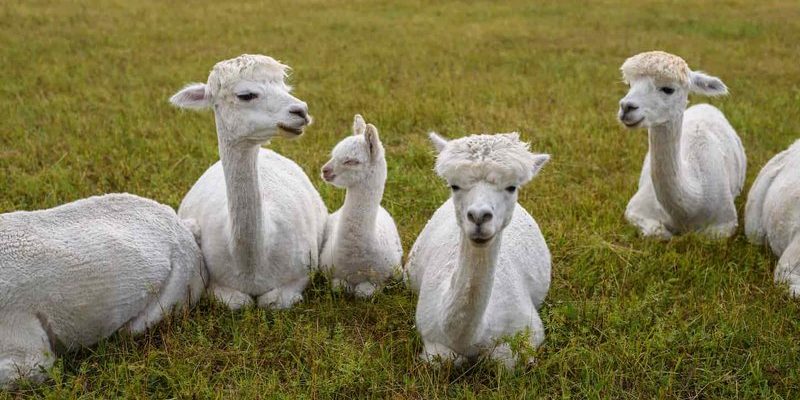
Herd dynamics in alpacas aren’t just about numbers, though. It involves understanding their social needs and how different alpacas interact with one another. Imagine a bustling coffee shop filled with friends chatting and laughing. Some might be super social, while others prefer to watch from the corner. That’s how alpacas behave, too! So, let’s dive deeper into how many alpacas you should keep together to ensure they thrive.
The Social Nature of Alpacas
Alpacas are naturally social animals. In the wild, they live in herds to protect themselves from predators and to establish social structures. When you’re thinking about how many alpacas to keep, it’s important to remember that they don’t do well in isolation. If you only have one, it could become lonely and stressed, which isn’t good for its health or happiness.
Generally, it’s best to keep at least two alpacas together. This way, they can bond and engage in natural behaviors, like playing and grooming each other. Think of it like this: would you want to be stuck at home alone all day? Probably not. Alpacas thrive on companionship just like we do, so having a buddy makes all the difference.
Optimal Herd Size for Healthy Dynamics
While two alpacas is the absolute minimum, many owners find that a herd of three to five is ideal. This size allows for richer social dynamics. With more animals, you can see playful interactions and even a little hierarchy form, which helps keep things interesting.
However, you might be wondering, “What happens if I add more?” Generally, the more alpacas you include, the more complex their interactions can become. Larger groups can develop their social roles. Some may be the leaders, while others might be more submissive. Just like in any group setting, having the right balance can make life easier and less stressful for your alpacas.
Considerations for Different Breeds and Personalities
Not all alpacas are created equal. Just like people, they have different personalities. Some may be more aggressive or dominant, while others are shy and timid. If you’re introducing new alpacas into an existing herd, you’ll need to consider these personalities.
When bringing in a new member, it’s often best to introduce them slowly. You wouldn’t want to throw a shy friend into a loud party without some warning, right? Take your time and let them get used to each other. Observe their interactions closely. This will help reassure the new alpaca and allow the herd to adjust comfortably.
Space and Resources Matter
Another crucial factor in determining how many alpacas you can keep together is the space you have. Alpacas need room to roam, graze, and play. Ideally, you should provide about 100 square feet per alpaca in their shelter. This ensures they have enough personal space to avoid conflicts.
Additionally, consider the resources you have available. Do you have enough food and water sources for each alpaca? If you have a larger herd, more food and water stations can help prevent competition for resources. When everyone has access to what they need, the atmosphere remains peaceful and harmonious.
Monitoring Herd Behavior
Once you’ve decided how many alpacas to keep, you should monitor their behavior regularly. Watch for signs of stress or aggression. Are some alpacas isolating themselves? Are there fights over food? If you notice consistent issues, it might indicate that your herd size is too large for the space or resources available.
If problems arise, be prepared to take action. Sometimes, separating particularly aggressive alpacas or providing more resources can help ease tensions. Just like a good mediator in a friendship squabble, you’ll need to step in to maintain harmony.
The Benefits of a Well-Balanced Herd
A well-balanced herd can bring a lot of joy. You’ll witness sweet interactions, playful antics, and moments of calm companionship. These experiences can enrich your life and provide endless entertainment as you watch them engage with one another.
Keeping a proper number of alpacas together also reduces the chance of behavioral issues. Happy and social alpacas are less likely to display aggression or stress. Plus, they will thrive in their environment, providing you with a rewarding experience as a caretaker.
In conclusion, the number of alpacas you should keep together is influenced by their social needs and the environment you can provide. Ideally, aim for at least two to ensure they have companionship and consider expanding that number based on your space and personal observations. Ultimately, a healthy, happy herd is worth the effort!

